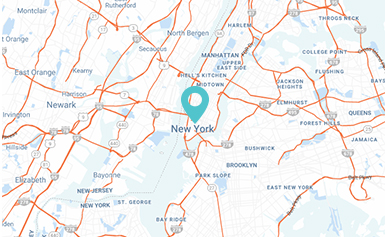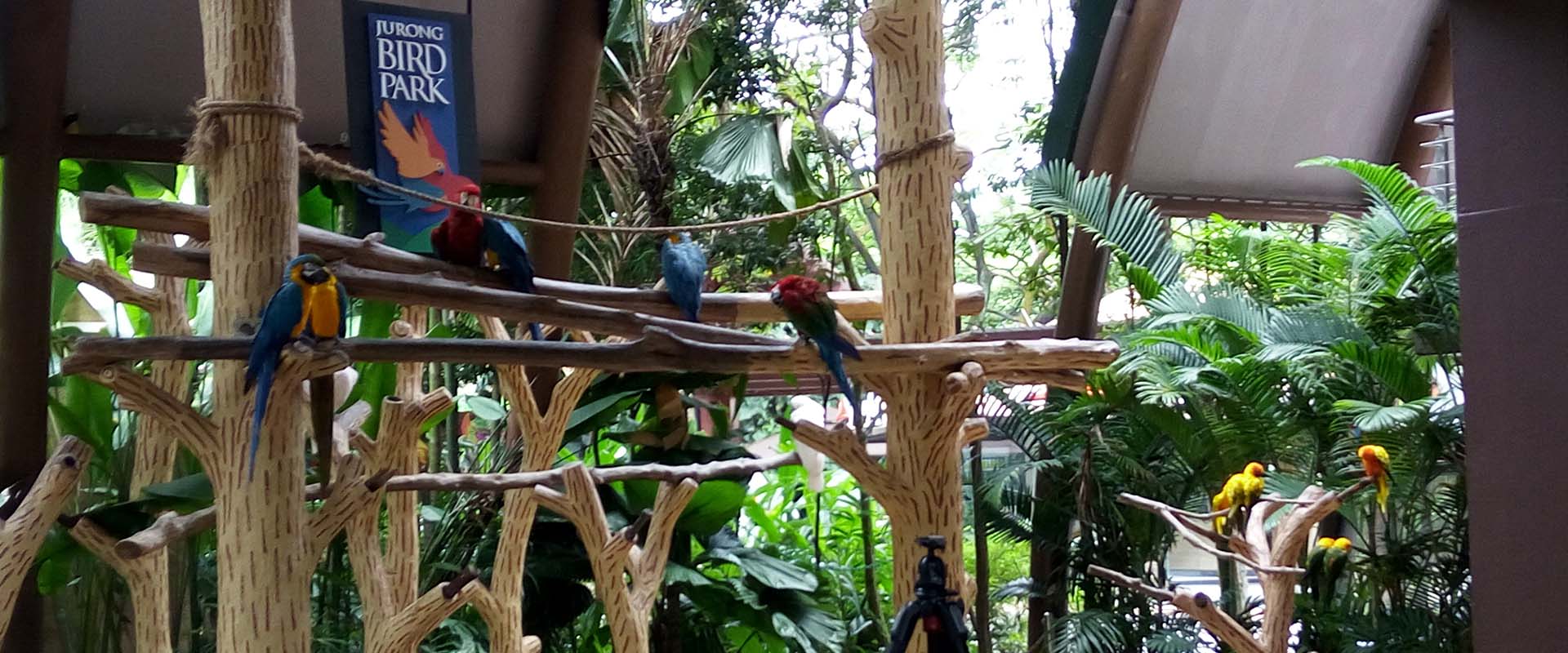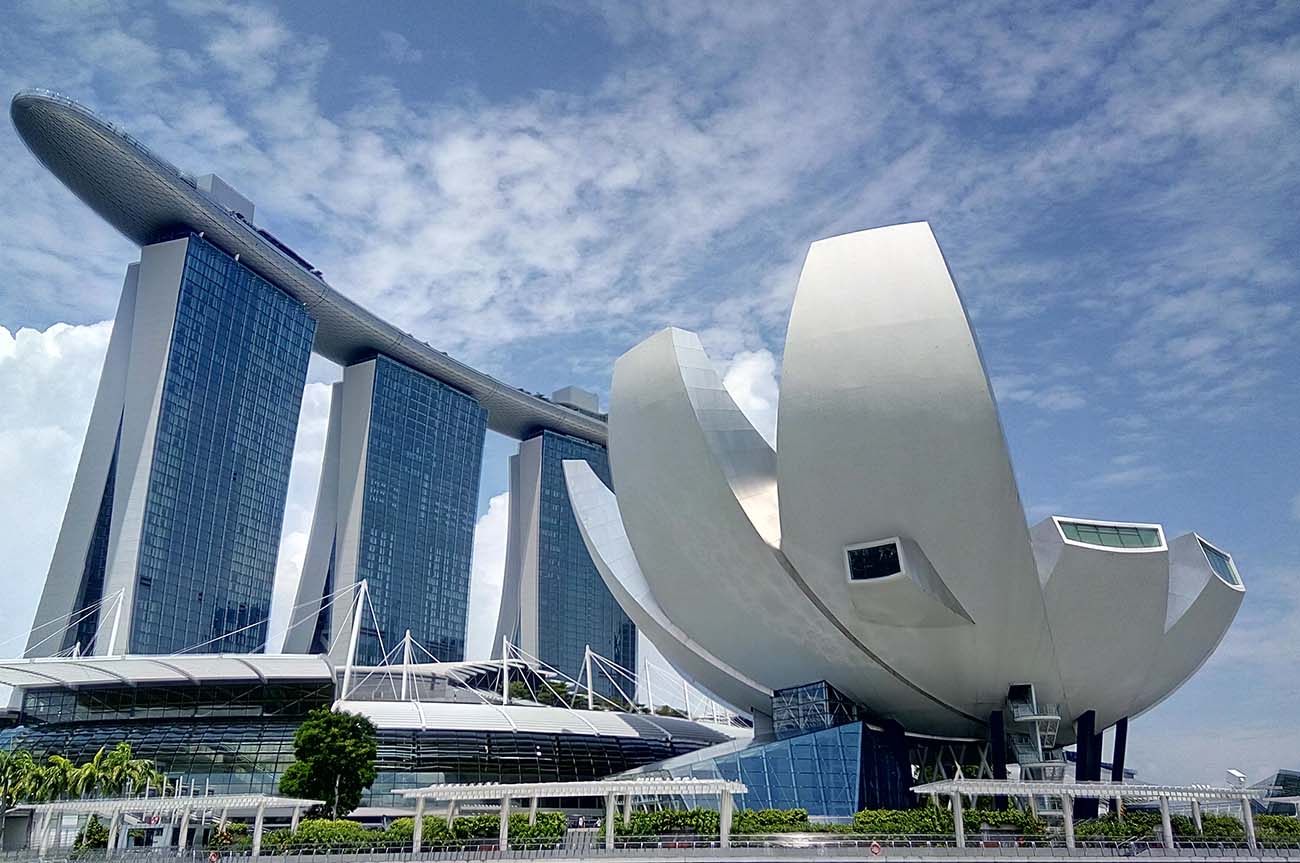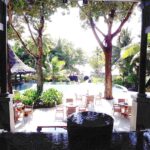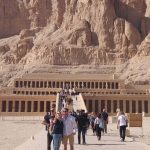Singapore: A masterclass in possibility
Some cities remain snapshots one visit, one memory, one moment in time. And then there are places like Singapore, which become chapters in your personal story. My connection with Singapore spans over a decade, across more than a few visits between 2007 and 2018. What began as an induction trip as a new recruit for the Singapore Tourism Board quietly evolved into something much more layered: a relationship with a city that never stopped evolving and, in some way, reflected my own growth too.
I still remember my first morning in Singapore in 2007. The air felt different and quietly charged. I was here for an official induction, eager and a bit overwhelmed. The schedule was precise, the hospitality flawless, and the vibe electric. That very first lunch still lingers in my memory: a traditional Peranakan meal, where sweet and spicy flavours danced in perfect harmony. That moment, seated with a table full of strangers who were all about to become fellow explorers of this city-state, set the tone for what Singapore would always represent to me: discovery layered in culture, discipline wrapped in warmth.
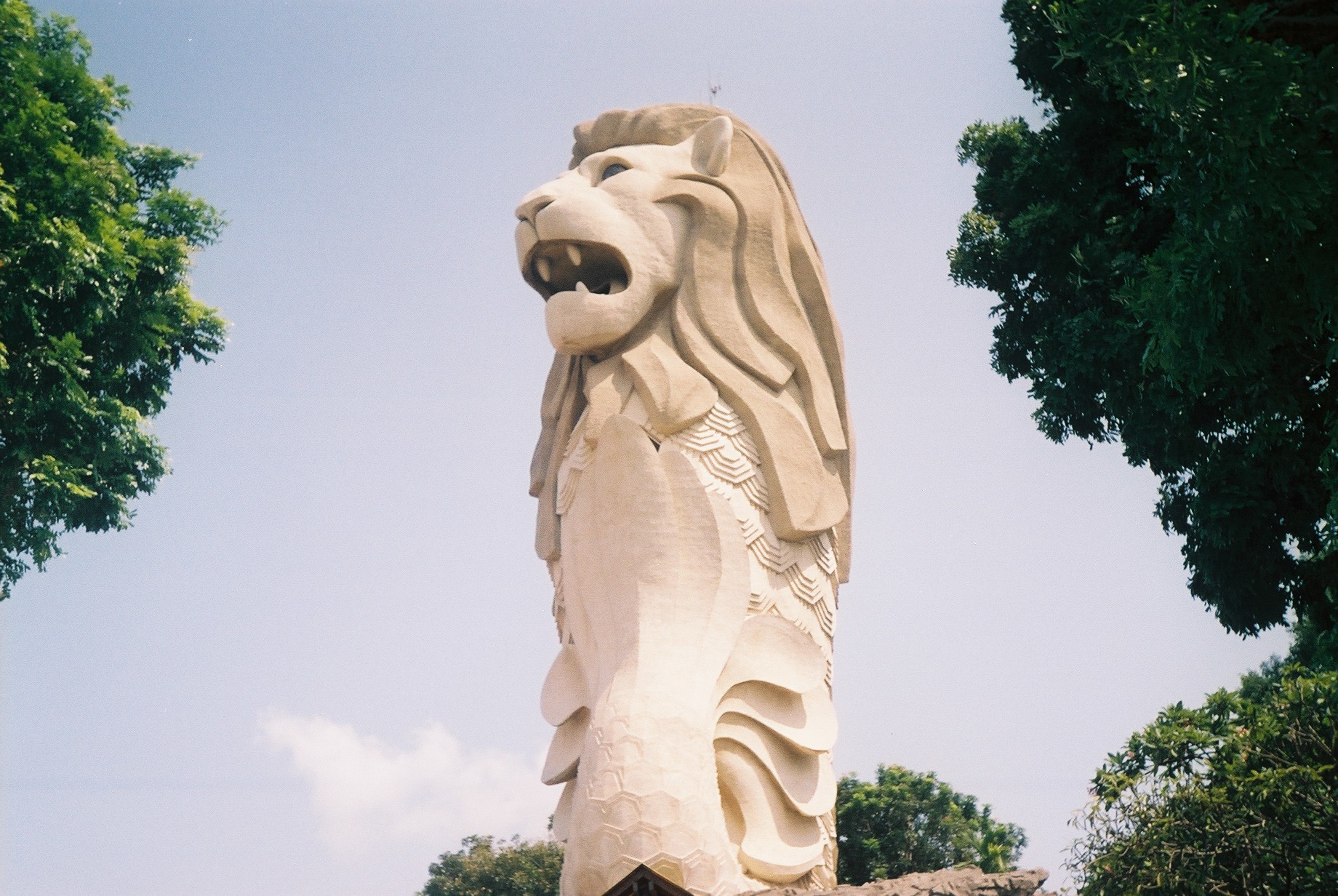
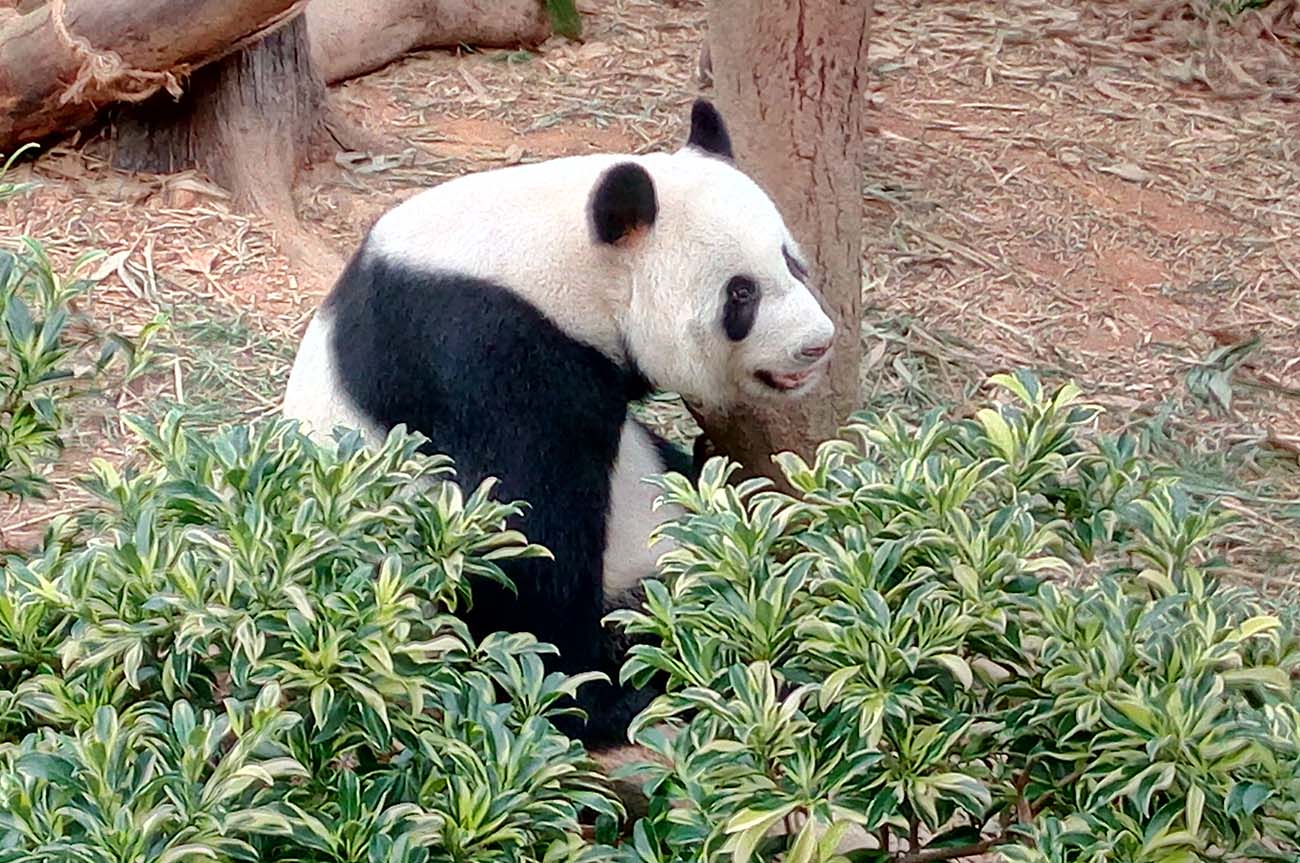
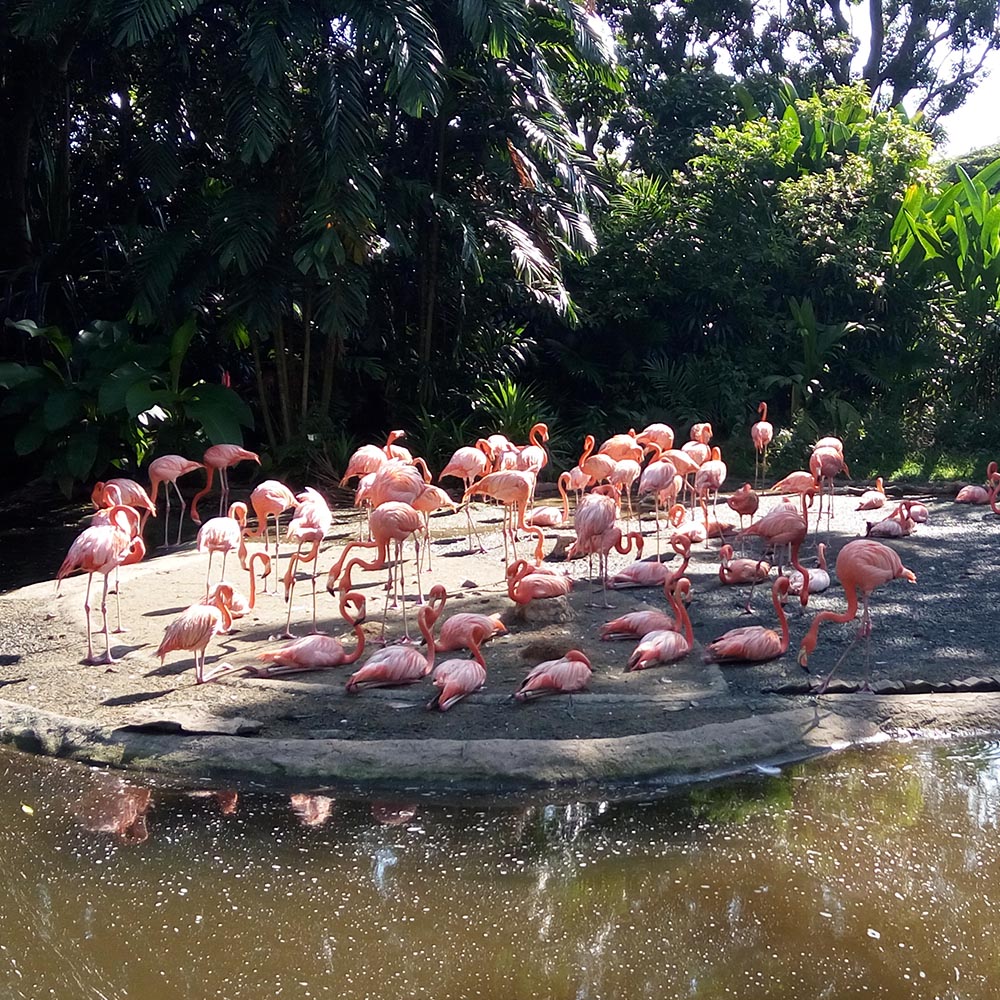
Of course, back then, Marina Bay Sands was just a blueprint, a buzzword on construction hoardings and concept presentations. Over the years, I watched it rise—first as steel frames, then glass and light, until it transformed the skyline forever. By the time I visited in 2017, it stood like a futuristic crown above the city, complete with its infinity pool perched in the clouds. Watching it take shape felt oddly personal, like seeing a vision mature in real time—much like my own journey through those years.
Singapore is often described as a melting pot of cultures, but what struck me each time I returned was not just its diversity, but its intentional inclusivity. This wasn’t accidental harmony—it was design, policy, and heart working together. The Merlion, Singapore’s iconic half-lion, half-fish guardian, stands proud at the edge of Marina Bay, greeting travellers with the same timeless welcome. Behind it, new landmarks rise year after year. And yet, nothing ever feels out of place.
On one of my later visits, I stayed at the Swissôtel the Stamford, all the way up on the 63rd floor. The view was like a living blueprint—bustling Clarke Quay, stately The Fullerton Hotel, the architectural swirl of the Art Science Museum, and the gentle loop of the Singapore Flyer, each landmark mapping a chapter of Singapore’s identity.
Over time, I ticked off the must-dos: the soaring cable car ride to Sentosa, an evening spent marvelling at the Super trees in Gardens by the Bay, long walks around Jurong Lake Gardens, and quiet afternoons at the Mandai Wildlife Reserve, where I had my picture taken with a life-sized stuffed toy of Ah Meng, the beloved orangutan who once symbolised Singapore’s deep love for nature. That photo still sits on my desk.
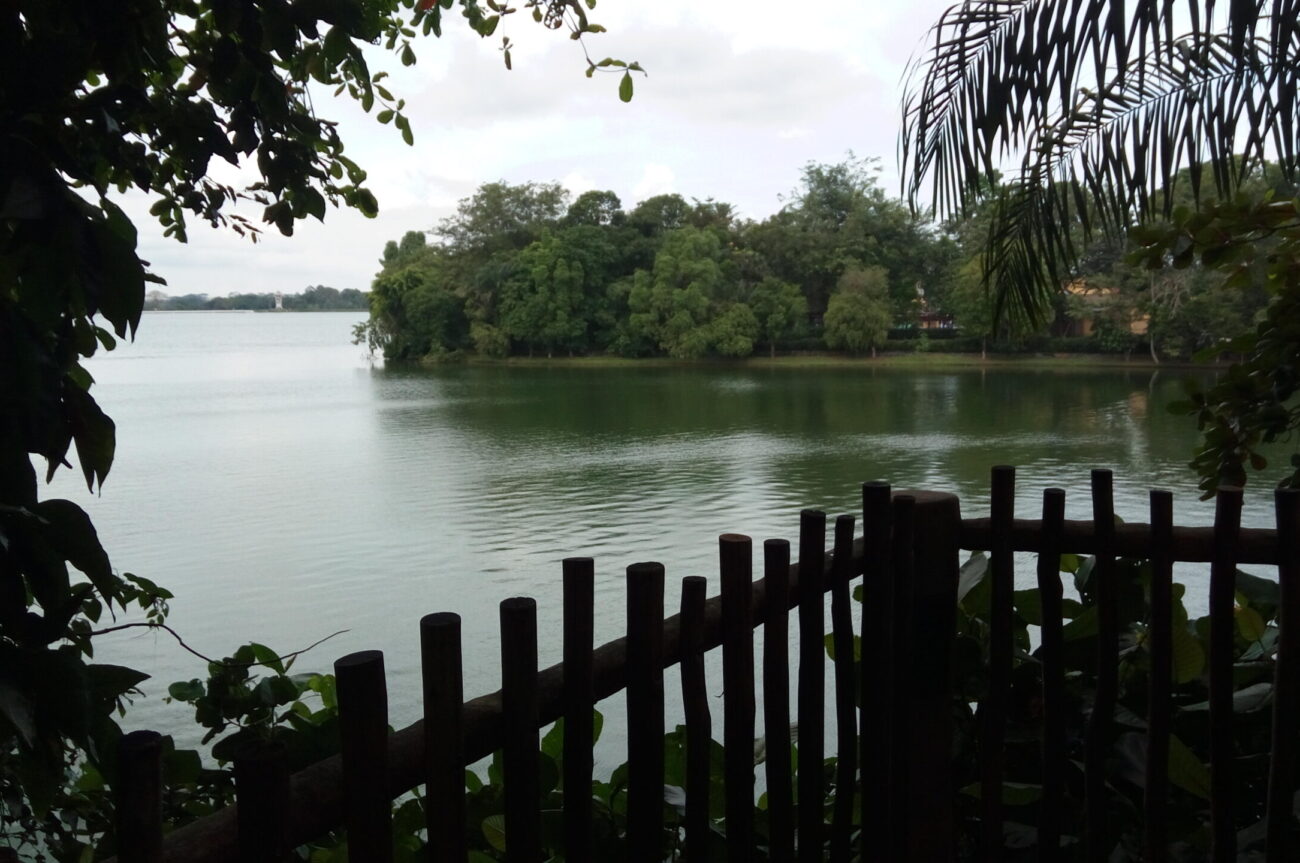
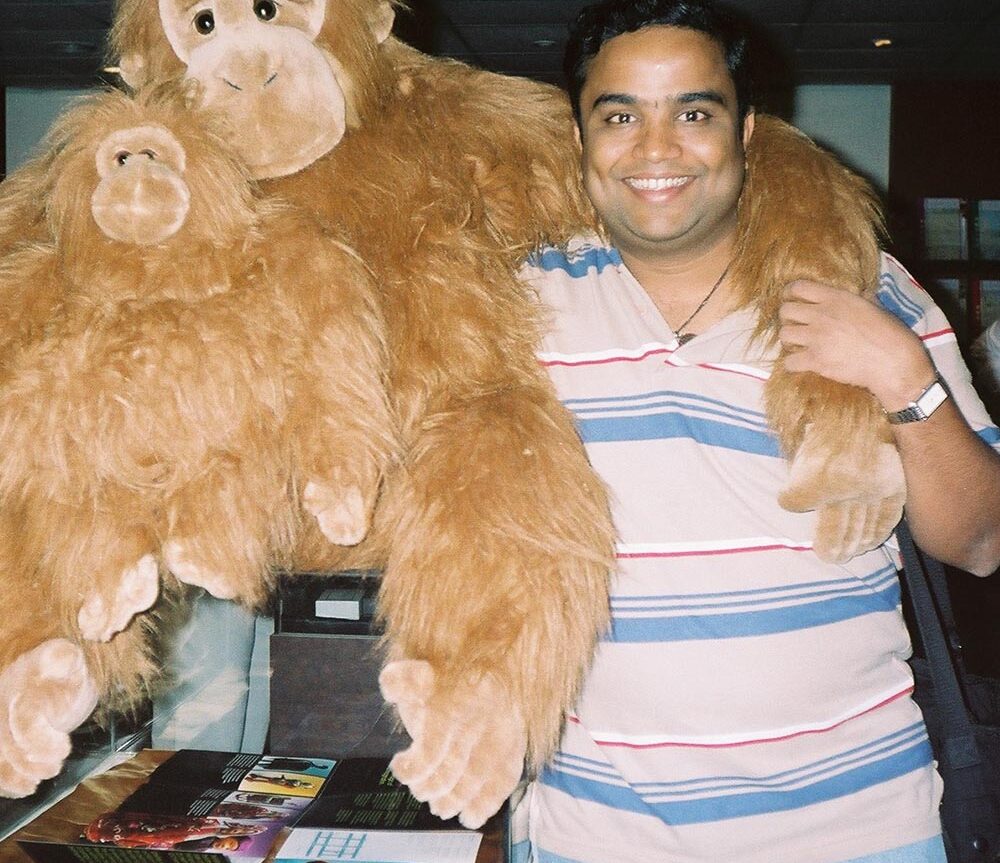
Families find joy in Sentosa’s beaches and Universal Studios. Couples fall in love again beneath the shimmering lights of Gardens by the Bay. And for young adults, it’s a quiet masterclass in how multiculturalism, urban planning, and education can converge to build not just a city, but a vision. Singapore is also a serious contender for higher education, with its universities and learning institutions offering world-class curricula in a uniquely grounded Asian setting.
On my last visit in 2018, I spent an evening just walking no destination, no deadline. I passed the Art Science Museum, glowing like a lotus under the night sky, and continued down to Marina Bay where joggers, photographers, and lovers all shared the same space in effortless coexistence.
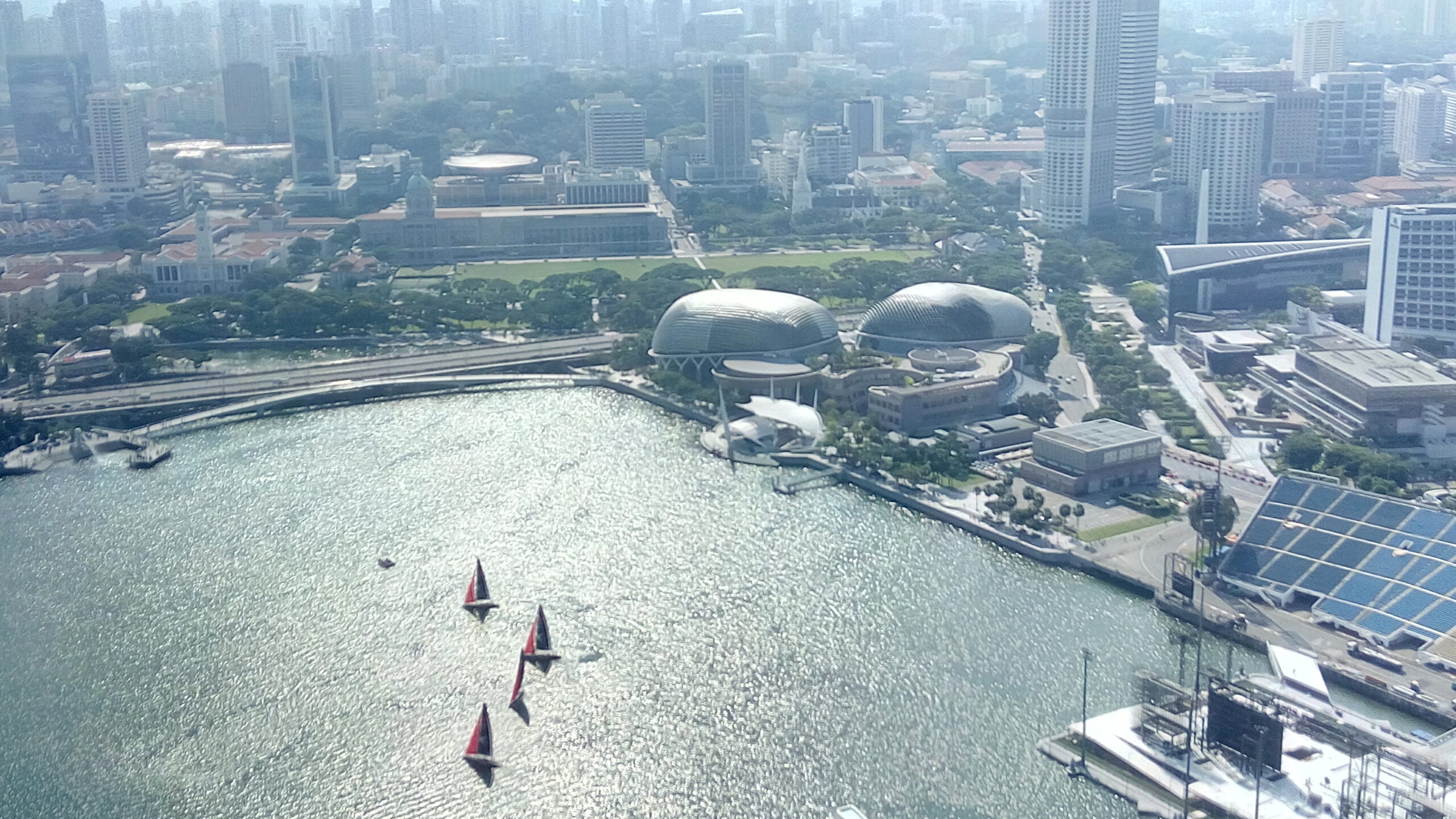
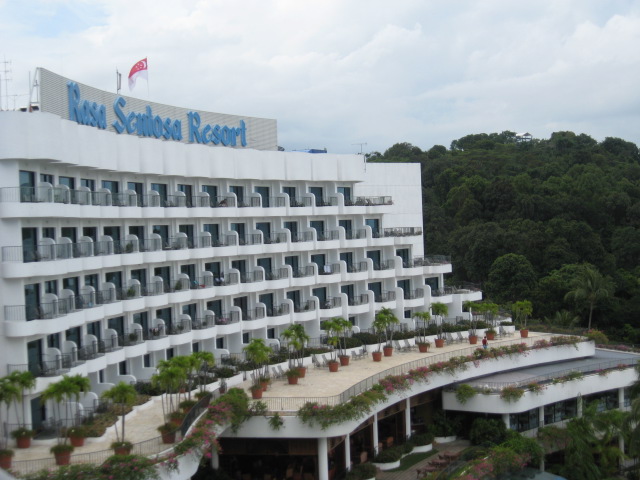
It struck me then how often Singapore had mirrored my own phases. In 2007, it welcomed a wide-eyed professional. In 2009, it offered a skyline still under construction—just like my career. By 2017 and 2018, I was visiting from a place of reflection, looking not just at the city’s growth, but my own. And throughout, it had always given me a sense of reassurance that it’s okay to evolve, and that structure and soul can coexist beautifully.
GaiaTrips understands that travel is never just about where you go it’s about what the place gives back to you. And Singapore, with its blend of meticulous design and emotional undercurrent, gives back generously. Whether it’s through a plate of steaming laksa, a garden that blooms in mid-air, or a quietly efficient MRT ride that reminds you how systems can serve people with dignity—Singapore teaches, gently and consistently.
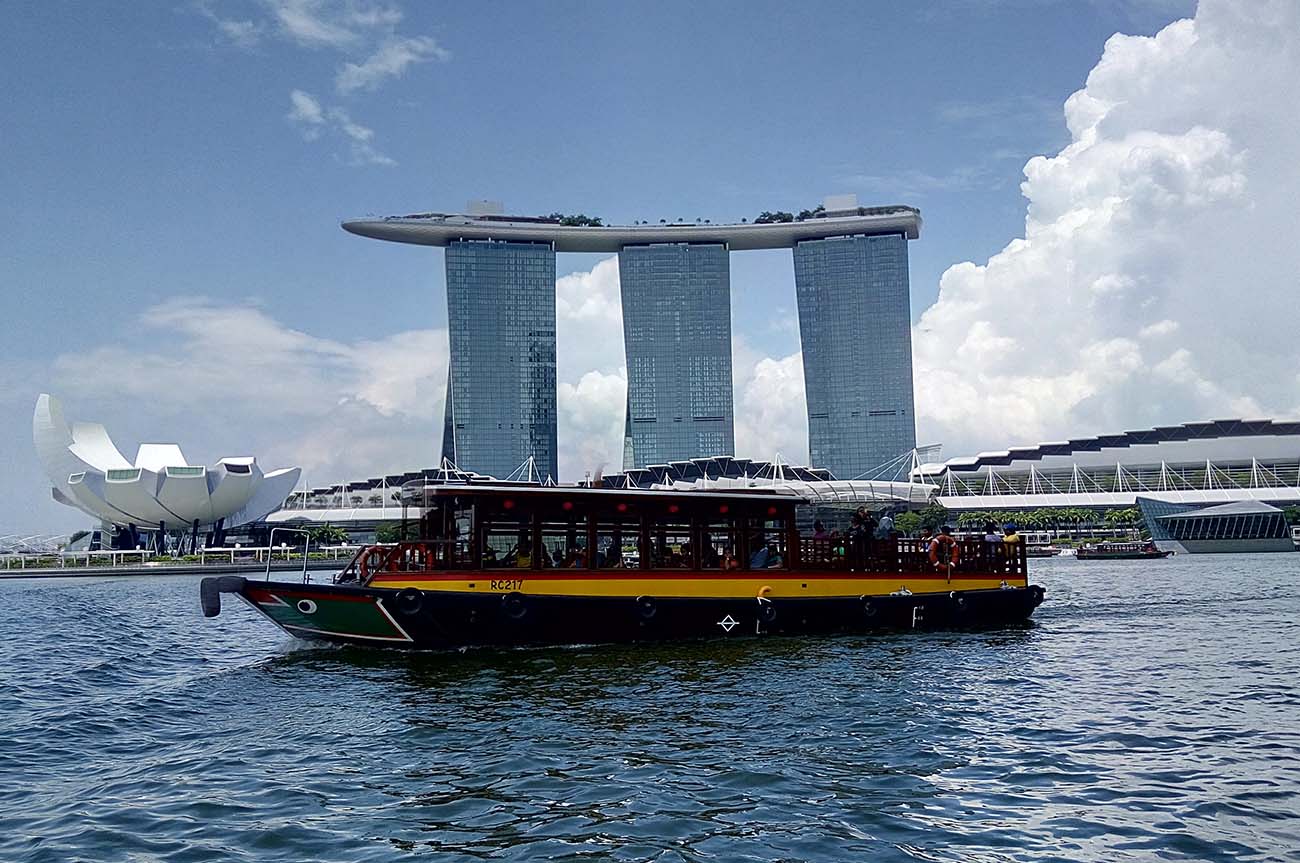
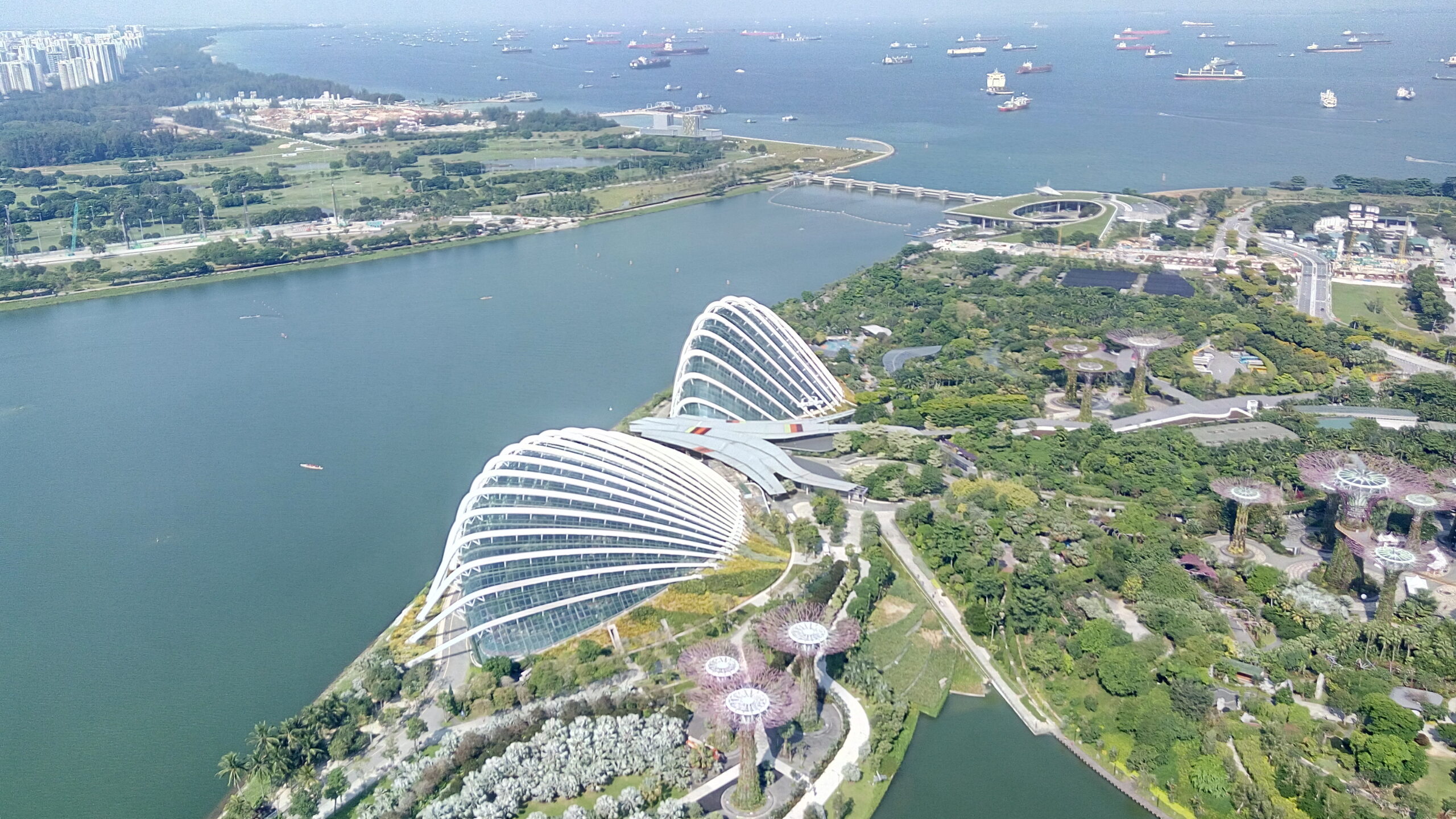
Today, when someone asks me where to begin if they want to explore the world, my answer is simple: Singapore. It’s a masterclass in possibility.
It’s where I learned that cities can have both soul and steel. That a tiny island nation can shape global conversations. That hospitality can be institutionalised without losing its warmth. And that change, when done right, can be beautiful.
As I look ahead to my next visit—because there will always be a next, I know Singapore will have evolved again. Maybe there’ll be a new skyline, a new district, or a new sustainability breakthrough. But I also know that somewhere, the Merlion will still watch over the bay, and Ah Meng will still make kids smile.
And that, perhaps, is Singapore’s true magic. It moves forward, always, but never loses sight of who it is. Just like the kind of journeys GaiaTrips curates—thoughtful, evolving, and deeply human.

